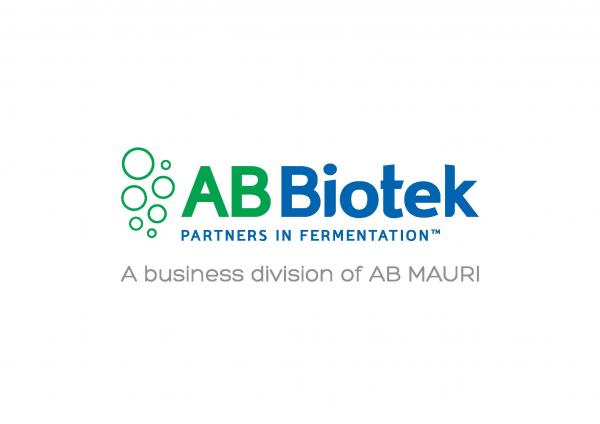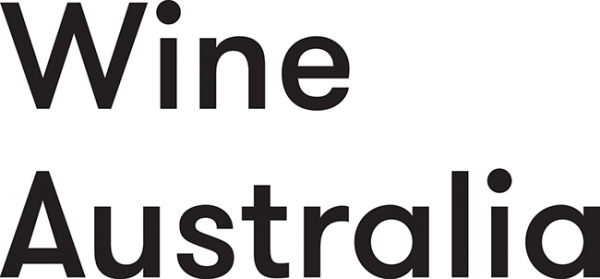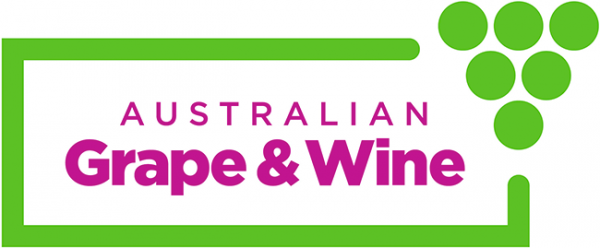
| Dr Keren BindonAustralian Wine Research Institute SummaryTraditional and novel maceration techniques impact on wine phenolics
Dr Keren Bindon is a research manager at the Australian Wine Research Institute (AWRI). Over her career she has specialised in understanding the grape to wine interface. In particular, she has sought to understand factors affecting the extraction and retention of phenolic compounds in wine, from the vineyard, through fermentation, and ageing. From a viticultural angle she has explored changes in phenolic extractability during grape ripening, and in response to vineyard variability. With this knowledge under her belt, she went on to participate in winemaking trials which apply traditional and novel maceration techniques to understand their impact on wine phenolics. She has a strong interest in contextualising research to provide meaningful outcomes to the grape and wine industry, and regularly participates in extension activities.
|
 | Dr Anita OberhalsterUC Davis SummaryHow do winemaking tools such as fermentation temperature and cap management impact real-time extraction of red wine phenolics Anita Oberholster completed her PhD in wine sciences at the University of Adelaide, Australia in 2008. She moved to the Department of Viticulture and Enology at UC Davis, California as a Cooperative Extension Specialist in 2011, from her role as researcher at the Department of Viticulture and Oenology at Stellenbosch University. In her current position she focuses on continued education for the grape and wine industry while her research program concentrates on current issues in the grape and wine industry. Research include the impact of climate on grape ripening and phenolic development, grapevine red blotch disease and smoke exposure in the vineyard. The impact of different winemaking techniques on wine composition and quality is also a major focus. Her work has been cited 964 times and she has presented her research at international and national conferences, seminars, and workshops 165 times. |
 | Dr Simon SchmidtAustralian Wine Research Institute SummaryLearn how fermentation aeration can be used to modulate the phenolic qualities of red wine and take away some strategies that will enable them to successfully implement an aeration regime in their winery..
Simon Schmidt is a Research Manager at the Australian Wine Research Institute (AWRI). Simon has studied cellular differentiation in slime moulds, how heart cells communicate to beat synchronously and, for his PhD, innate immunity in plants. Since moving to the AWRI Simons interests have evolved to include the relationship between nutrient availability and yeast fermentation performance, yeast stress tolerance and the role of oxygen in shaping fermentation outcomes.
|
 | Associate Professor Sue BastianUniversity of Adelaide, School of Agriculture, Food, & Wine SummaryUpdates on methods to modify red wine astringency. It will compare the impact of conventional versus vegetable protein fining agents and examine Accentuated Cut Edges (ACE) polyphenol extraction technology influences on red wine chemistry and sensory profiles
Associate Professor Dr. Sue Bastian has taught winemaking and sensory evaluation to oenology, viticulture and wine business students at the University of Adelaide and wine judged for almost two decades. She has 18 years of experience in conducting wine and food flavour, quality, sensory and consumer research. Currently, she is researching objective markers of grape and wine quality; grape composition and wine style; berry sensory assessment; genomics and perception of mouthfeel in beer and wine; emerging Australian grape varieties; oak flavour; vegetable protein fining agents; wine typicity/terroir and authenticity; wine and food consumer preference/emotions; digital sensing; consumption context, virtual reality, machine learning and consumer insights; cross-modal interactions; traditional Chinese medicine and value adding grape marc for health; flavoured wine products; improved sensory and consumer methods.
|











